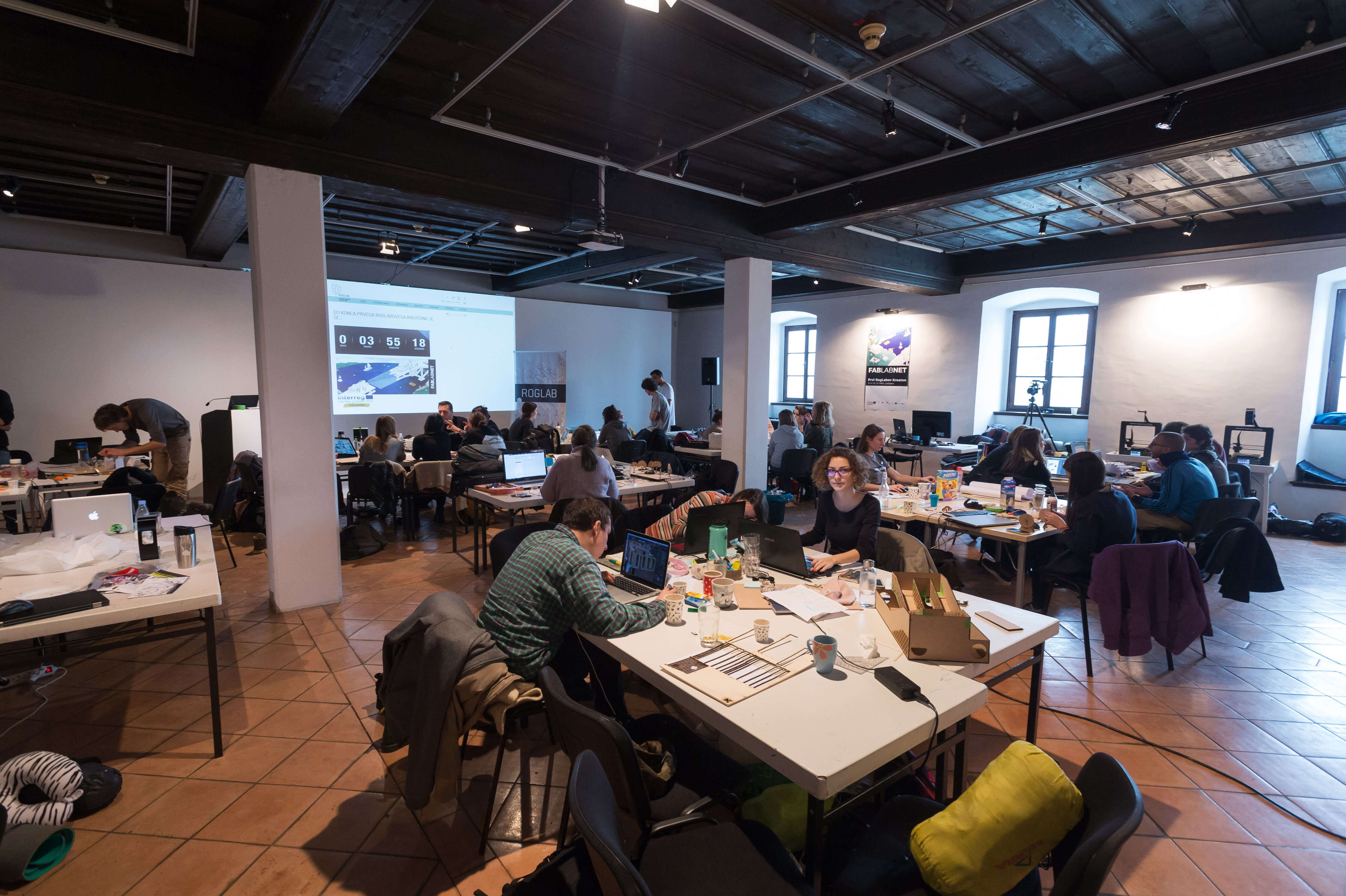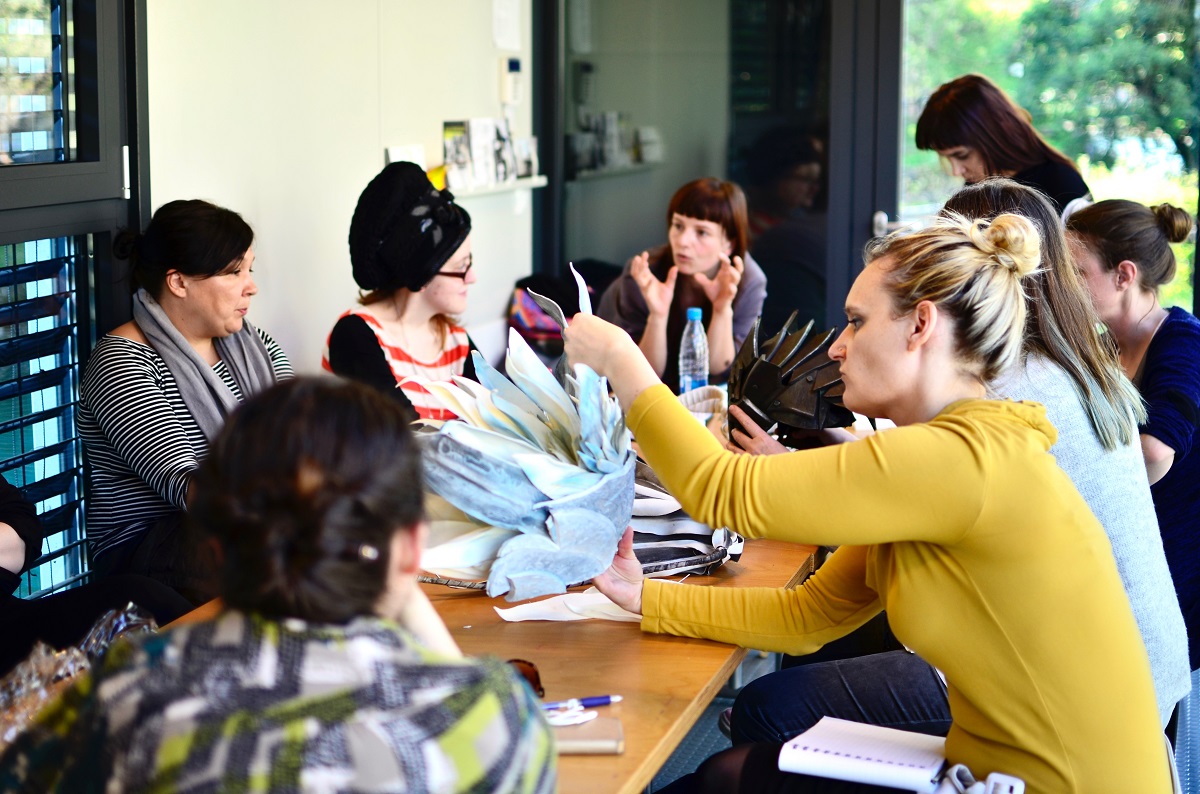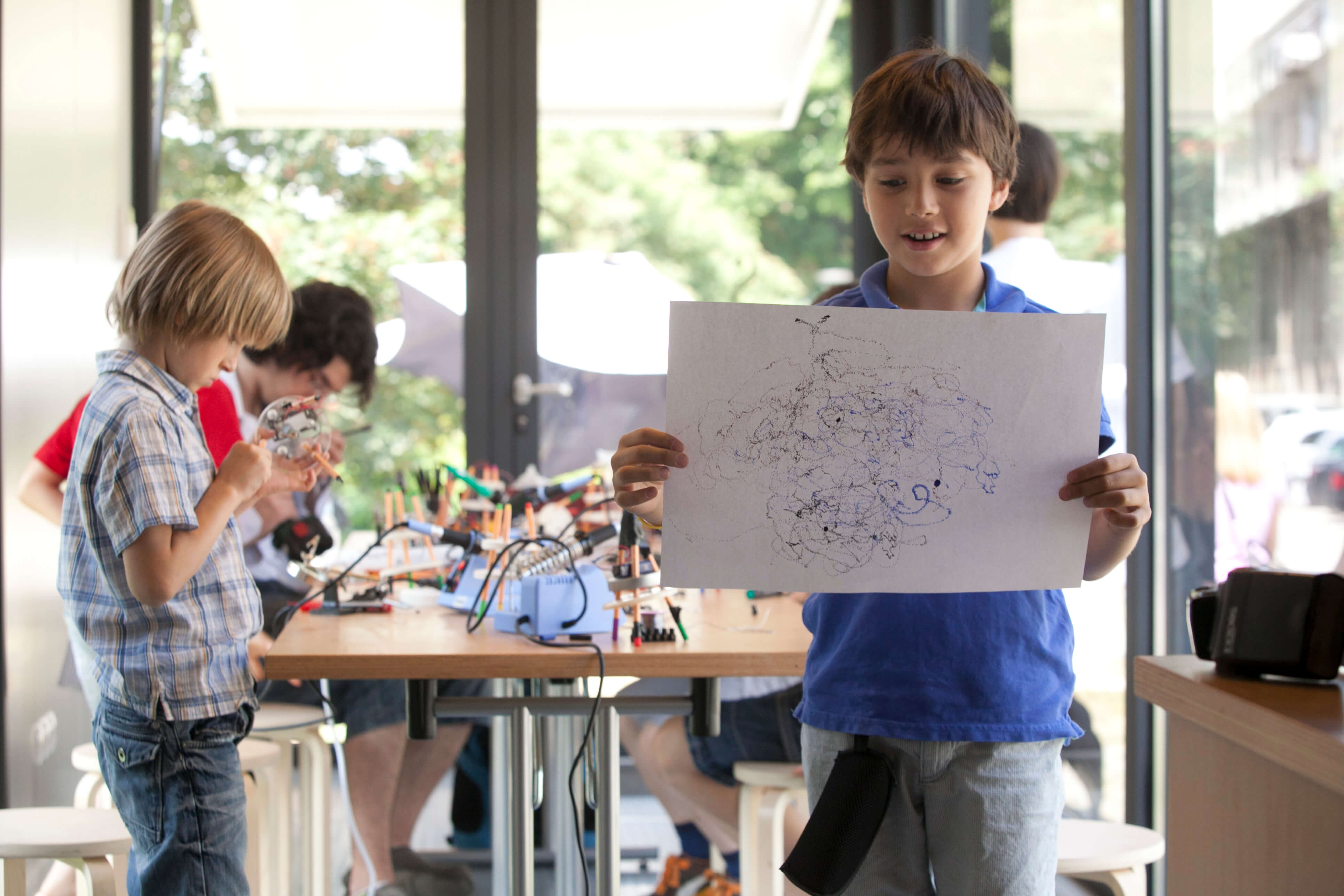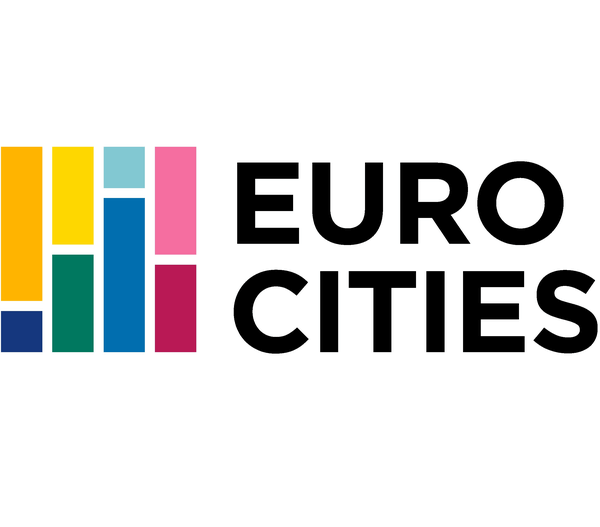City
Ljubljana
Main actors
City Government, other
Project area
Whole City/Administrative Region
Duration
Ongoing since 2012
Promoting the innovative use of manufacturing technologies.
The City of Ljubljana is revitalising its industrial heritage by pioneering an innovative production space and cooperation platform. RogLab is centred around the fields of design, architecture and visual arts and is focused on offering production tools; stimulating creative use of 3D technologies; enabling interdisciplinary collaboration as well as research and innovation-oriented creativity; bolstering connections between creative activities and business; developing projects that deal with pressing issues in urban environments and address current challenges in architecture and design with the emphasis on social and environmental responsibility.
Eurocities Awards
This project was awarded the 'Eurocities Awards' in 2018 in the following category: Innovation.
External links / documents
On Map
The Map will be displayed after accepting cookie policy







